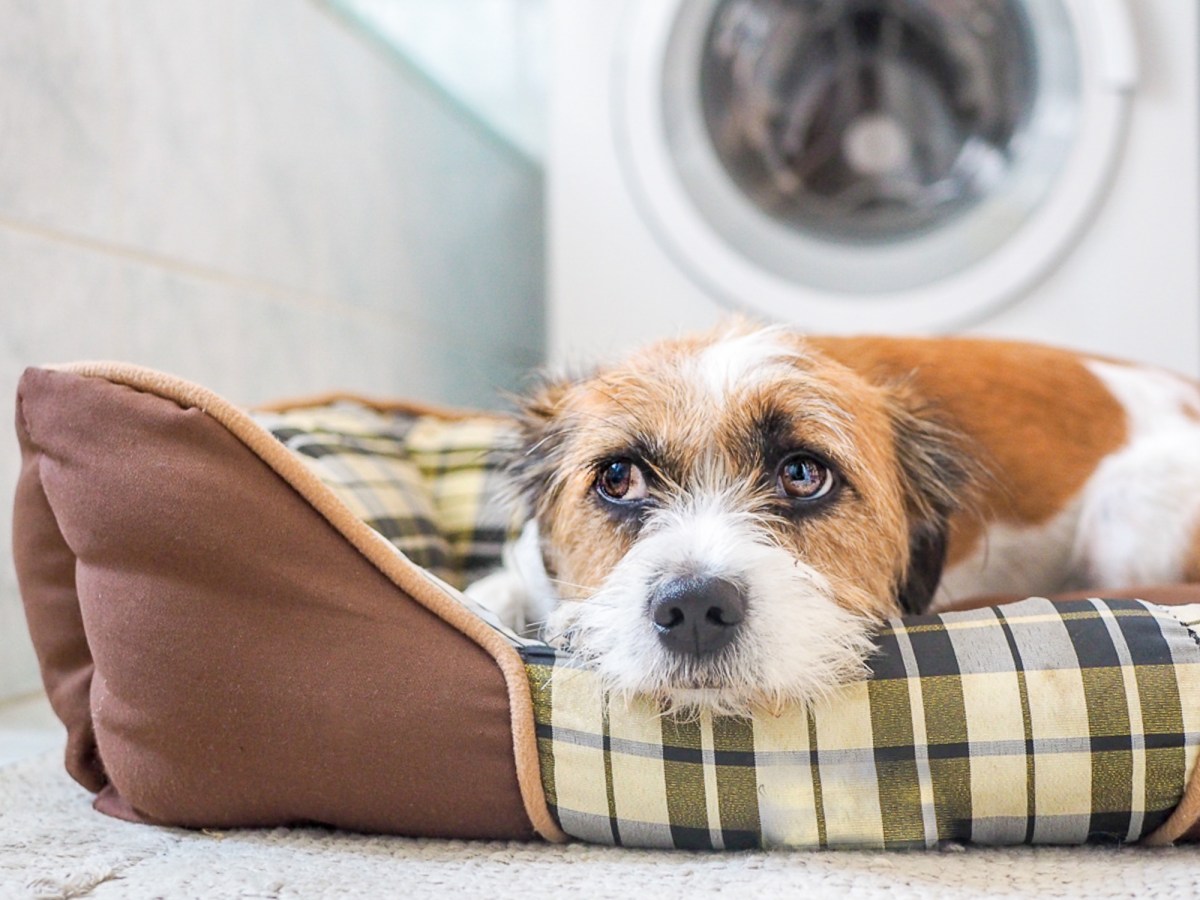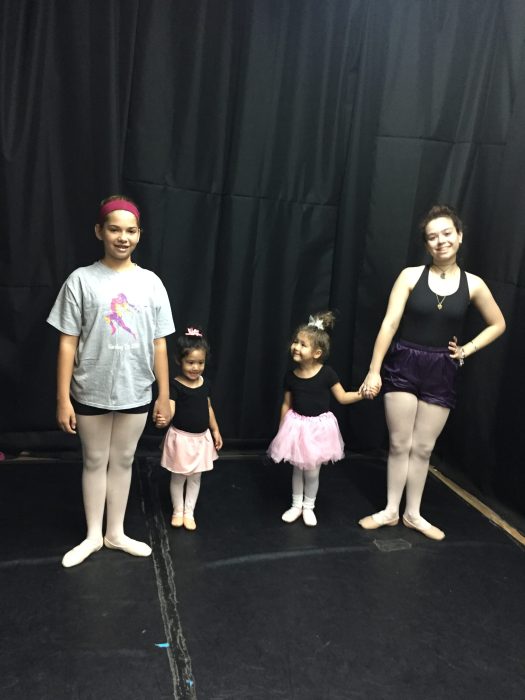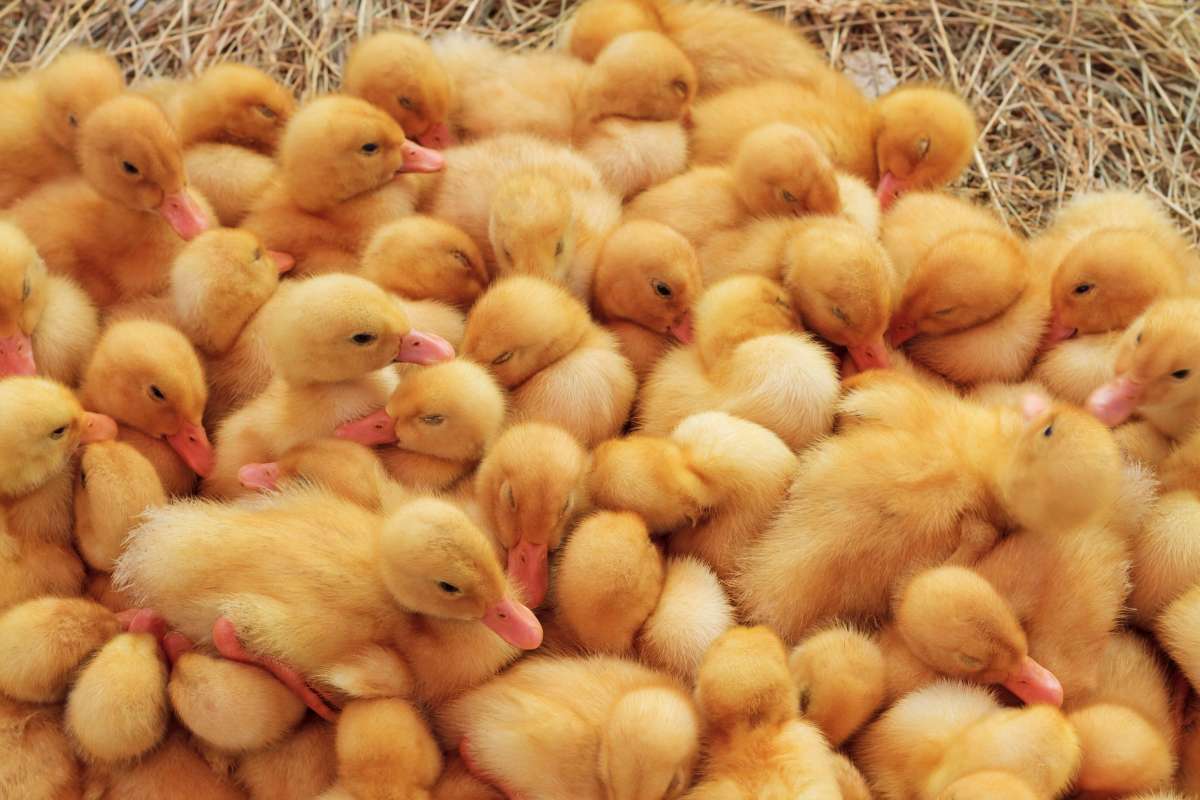As many of us are heading back into the office, both experienced and new pet owners may be concerned about how their dogs will handle the change.
Evee Linden, CPDT-KA, Certified Dog Behavioral Consultant and Fear Free Certified Professional, suggests starting by recreating the schedule you had prepandemic.
“Begin by getting yourself dressed and ready to leave your home, walk your dog and leave the house for 30 minutes and then come back,” says Linden. “Continue to increase your time outside the home and remember to go slow. Build up to a full day away from your pet.”
In conjunction with providing physical activity, it’s also important to provide mental stimulation in your absence, as a bored and restless pup may be more likely to exhibit behavioral issues.
“Dogs love chew bones and puzzle games,” says Linden. “There are many stimulating products on the market such as PupPod, which allows dogs to earn food rewards by touching a pod at the correct time. Or a simple and less expensive option such as a Kong Wobbler will keep them busy as well.”
Do keep in mind that if you have multiple dogs, you’ll need to consider guarding issues before leaving a toy that contains food or treats. For more mellow dogs, try keeping the radio or television on in your absence, but avoid loud shows or rock music genres. Stick with classical music if possible.
In the event you begin to notice extreme behavioral issues such as aggression or depression, it’s recommended that you contact an expert.
“There are training programs specifically designed for pets with separation anxiety issues taught by trainers with specialized certifications,” she says, directing pet parents to malenademartini.com. She adds that if all else fails and fur babies are still having issues, contact your veterinarian for guidance.
“This adjustment may not be as hard as people think,” she says. “Many people have been venturing out little by little for quite some time now. As the world began opening up, people have been slowly implementing normalcy by running to the store, going for a hike, or grabbing a bite to eat. There is a possibility your dog may have regressed during our time in quarantine, but maybe not.”
Bottom line: stay tuned in to your pet’s needs and allow time for slow adjustment. This will ensure an easy transition for both you and your pet.
Sign up for Long Island Press’ email newsletters here. Sign up for home delivery of Long Island Press here. Sign up for discounts by becoming a Long Island Press community partner here.































